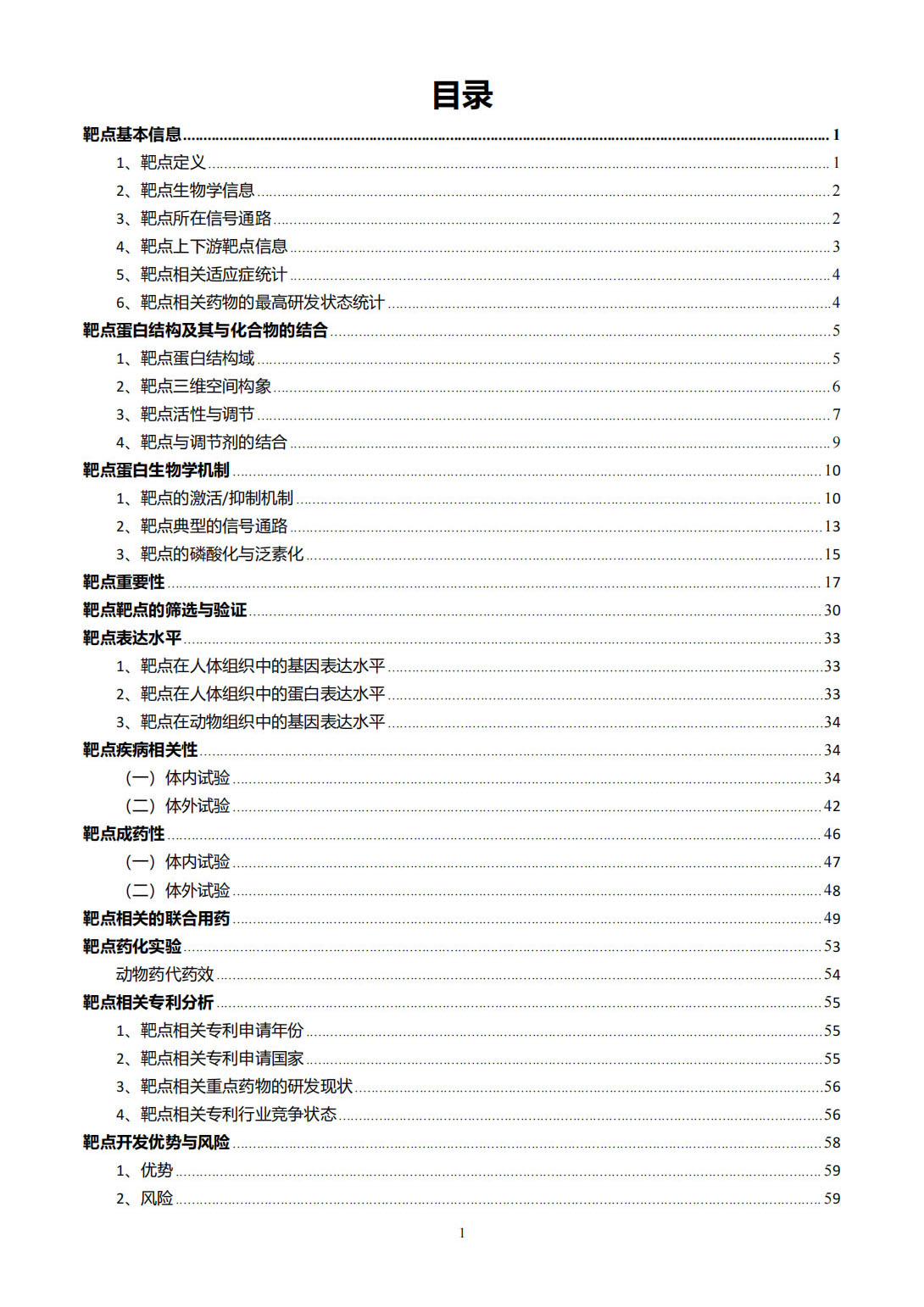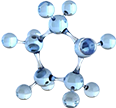CXCR4 Target Analysis Report Summary


About the Target
Based on the provided context information, here are some key viewpoints on CXCR4:
WHIM mutations in CXCR4 result in a gain of G protein-dependent functions and stabilize the mutant receptor on the cell surface, leading to a gain-of-function [1].
CXCR4 has been targeted in the development of nanomedicines for cancer treatment [2].
The localization of CXCR4 on the plasma membrane affects its function, and cells with low plasma membrane CXCR4 expression show increased agonist-induced transcript levels of EGR1 [3]. This indicates that intracellular pools of CXCR4 are physiologically relevant and dependent on beta-arrestin-1.
A soluble presentation of SDF-1alpha molecules leads to transient signaling through CXCR4, while matrix-bound presentation of SDF-1alpha results in sustained and intensified signaling through CXCR4 and hyaluronan receptors, activating Rac1 and pERK [4].
Chemokine signals involving Sdf1 and Cxcr4 play a role in tissue regeneration, where Sdf1 recruits Cxcr4+ leukocytes to promote fibrosis and scar formation. Disruption of Sdf1-Cxcr4 signaling can enhance tissue repair [5].
Note: The viewpoints provided are based solely on the information given and do not rely on external knowledge.
Based on the provided context information, here are some key viewpoints regarding the protein CXCR4:
CXCR4 is recruited and accumulates at the immunological synapse (IS) during antigen recognition by CD4+ T cells [6].
During IS formation, CXCR4 redistributes to specific areas known as the pSMAC and dSMAC [6].
Drebrin, a protein associated with F-actin, is involved in the accumulation of CXCR4 at the IS [6].
Drebrin is also specifically enriched at the virological synapse (VS) formed during HIV-1 binding to CD4+ T cells, and it partially co-localizes with the internalized virus [6].
In the absence of CXCL12, a signaling molecule, LASP1 is phosphorylated and remains bound to CXCR4, while Ago2, another protein, uses Let-7a to repress motility-related targets [7].
When CXCR4 is stimulated with CXCL12, LASP1 undergoes dephosphorylation and phosphorylation at different sites, which alters the interaction between LASP1 and Ago2 and affects Let-7a driven RNA interference (RNAi) [7].
LASP1 can interfere with Let-7a driven RNAi by either binding to Let-7a-bound Ago2 and interfering with target binding or by binding to Ago2 and preventing Ago2 from binding to Let-7a [7].
Expression of Let-7a target genes, such as eIF4G2, vinculin, CCR7, and cyclin D1, can be altered in a LASP1-Ago2 interaction-dependent manner [7].
The profile of the endogenous targets Let-7a differed from the results of a luciferase reporter assay [7].
These viewpoints provide a comprehensive summary of the interactions and roles of CXCR4, drebrin, LASP1, and Let-7a in immune response and viral infection processes.
Figure [1]

Figure [2]

Figure [3]

Figure [4]

Figure [5]

Figure [6]

Figure [7]

Note: If you are interested in the full version of this target analysis report, or if you'd like to learn how our AI-powered BDE-Chem can design therapeutic molecules to interact with the CXCR4 target at a cost 90% lower than traditional approaches, please feel free to contact us at BD@silexon.ai.
More Common Targets
ABCB1 | ABCG2 | ACE2 | AHR | AKT1 | ALK | AR | ATM | BAX | BCL2 | BCL2L1 | BECN1 | BRAF | BRCA1 | CAMP | CASP3 | CASP9 | CCL5 | CCND1 | CD274 | CD4 | CD8A | CDH1 | CDKN1A | CDKN2A | CREB1 | CXCL8 | CXCR4 | DNMT1 | EGF | EGFR | EP300 | ERBB2 | EREG | ESR1 | EZH2 | FN1 | FOXO3 | HDAC9 | HGF | HMGB1 | HSP90AA1 | HSPA4 | HSPA5 | IDO1 | IFNA1 | IGF1 | IGF1R | IL17A | IL6 | INS | JUN | KRAS | MAPK1 | MAPK14 | MAPK3 | MAPK8 | MAPT | MCL1 | MDM2 | MET | MMP9 | MTOR | MYC | NFE2L2 | NLRP3 | NOTCH1 | PARP1 | PCNA | PDCD1 | PLK1 | PRKAA1 | PRKAA2 | PTEN | PTGS2 | PTK2 | RELA | SIRT1 | SLTM | SMAD4 | SOD1 | SQSTM1 | SRC | STAT1 | STAT3 | STAT5A | TAK1 | TERT | TLR4 | TNF | TP53 | TXN | VEGFA | YAP1

